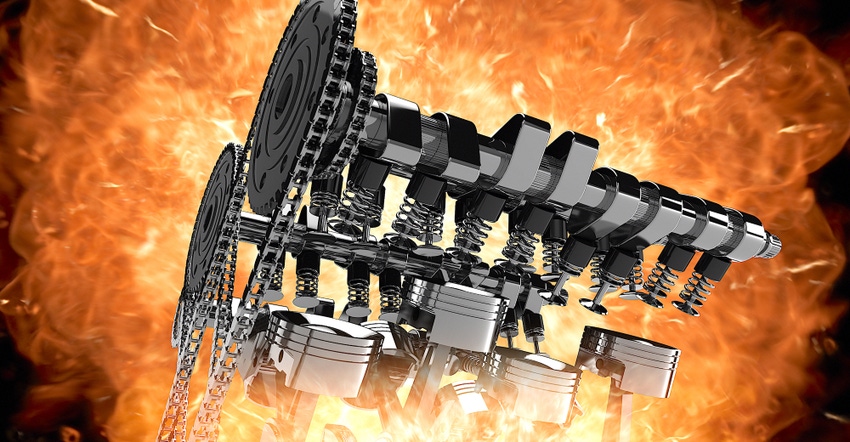Combustion-Centric Suppliers Are Whistling Past the Graveyard
What should auto industry suppliers that remain dependent on combustion technology do now?

Automotive suppliers have built an industry providing parts like fuel injectors and transmissions that are necessary for combustion-powered vehicles but not for EVs. What should they do now?
S&P Global Mobility analyst Michael Robinet has some thoughts, which he recently posted in his newsletter. Robinet says that he’s seen a worrisome response from some such suppliers who apparently believe that EVs are a fad that will go away before long. Others, he says, are just frozen by analysis paralysis.
“There will be a brutal shakeout and consolidation among engine, transmission, and driveline suppliers in addition to those in the fuel and exhaust systems sectors,” Robinet says.
S&P Global Mobility contends that such companies have four choices:
Divest from ICE, and shift to BEV components
Milk the cash cow dry, while shrinking to an eventual shutdown
Double down to become the dominant part supplier
Position to be acquired
An added complication for suppliers of combustion-related components is that automakers are phasing out the development of new powertrains. According to Robinet, carmakers launched 13 new engine family combinations in 2015, compared to only two such new engine combinations slated for 2025. This means that manufacturers will keep using the same engines for longer than usual as they gradually shift to EVs. In the process, they’ll need suppliers for the parts needed for those vehicles to extend the production life cycles of those parts, deemphasize innovation, and find ways to reduce costs.
Action Plans
For those suppliers that, for whatever reason, are unable to pivot to EV-relevant products, Robinet has a couple of suggestions. One is to just ride it out, with the expectation of closing the business once sales volume drops too low. Another is to put the pedal to the metal to dominate their market niche. This will position them to survive as a supplier of aftermarket replacement parts for existing cars for as long as those cars are on the road. Robinet points to throttle bodies, ignition coils, and exhaust manifolds as examples of such products.
Making the shift to EV-compatible components has its own challenges. One potential pitfall is to commit too much, too soon. Adding EV component capacity based on carmakers’ sales forecasts is risky, considering that the combined total of each manufacturer’s sales targets would equate to 22 million new vehicles sold in the U.S., a level far beyond reality.
"Automakers are making some big production projections,” warned Mike Wall, S&P Global’s executive director of automotive analysis. “One will say, 'We're going to sell 1 million EVs.' Then the next one says, 'We're going to sell 2 million.' And suppliers are being told to plan for this much capacity," Wall said.
"If you are a supplier told to plan for a vehicle with a 150,000-unit volume, what if it happens to come in at 50,000? Besides altering the basic profit potential for the part, if you amortize tooling and development costs into your piece costs, it will take much longer to recover those costs, if it ever happens. If you are a supplier, you won't be selling at 100 percent capacity at job one," Wall added.
In the end, suppliers will participate in an industry that needs many fewer parts, as items like valves and starters cease to exist. A smaller market suggests consolidation among suppliers. Others will close. “More than a few suppliers will be left standing without a chair when the music stops,” Robinette predicts. “The level of displacement and disruption will be significant. Planning ahead is critical to survival.”
About the Author(s)
You May Also Like





